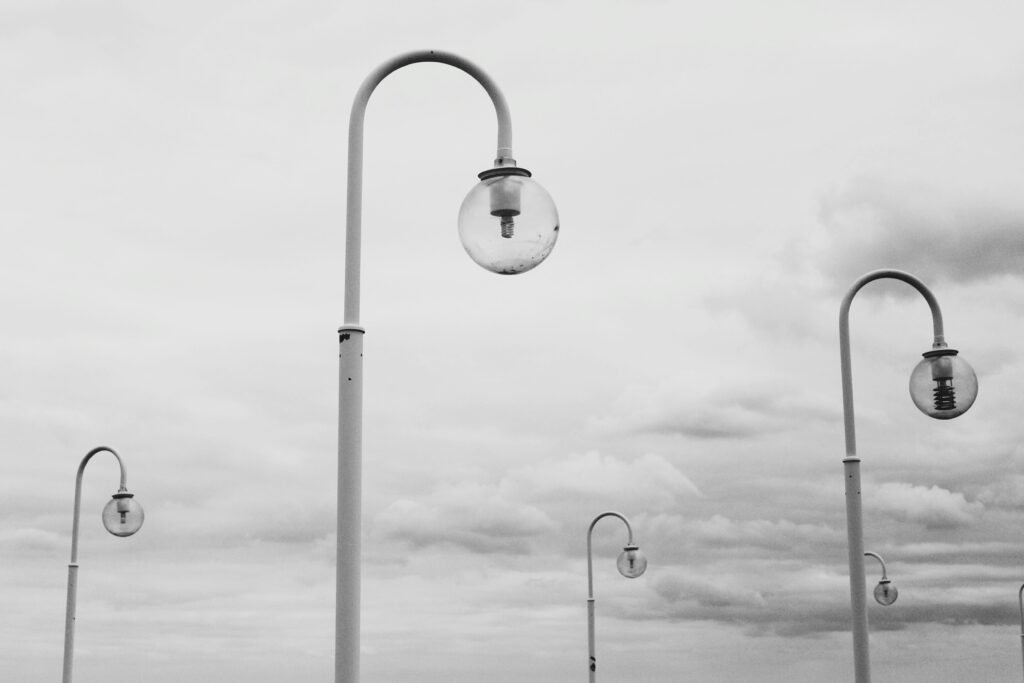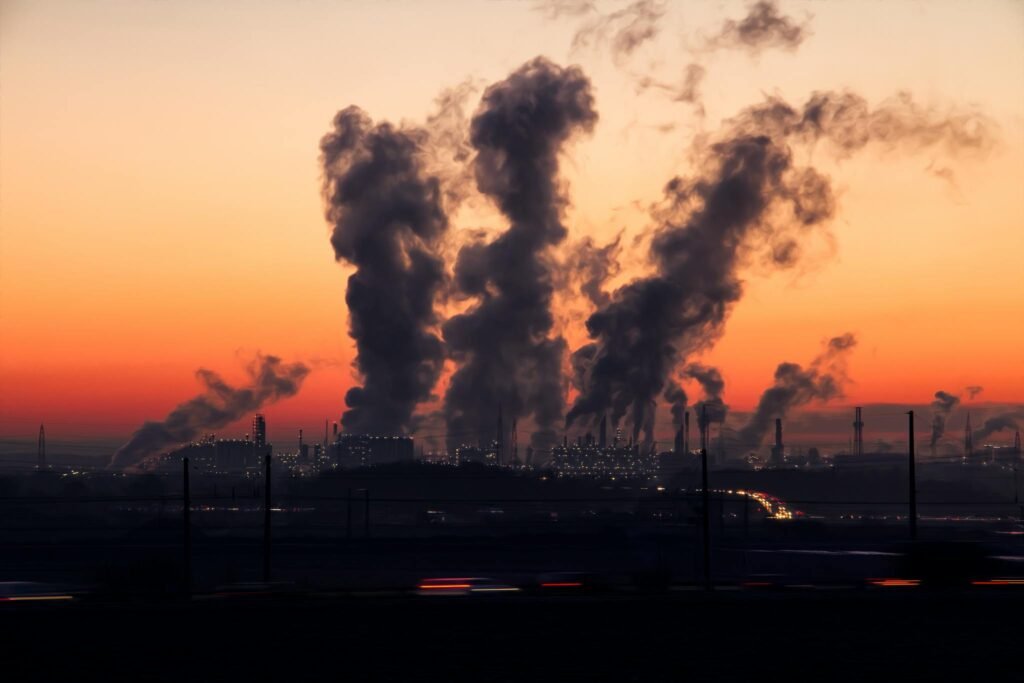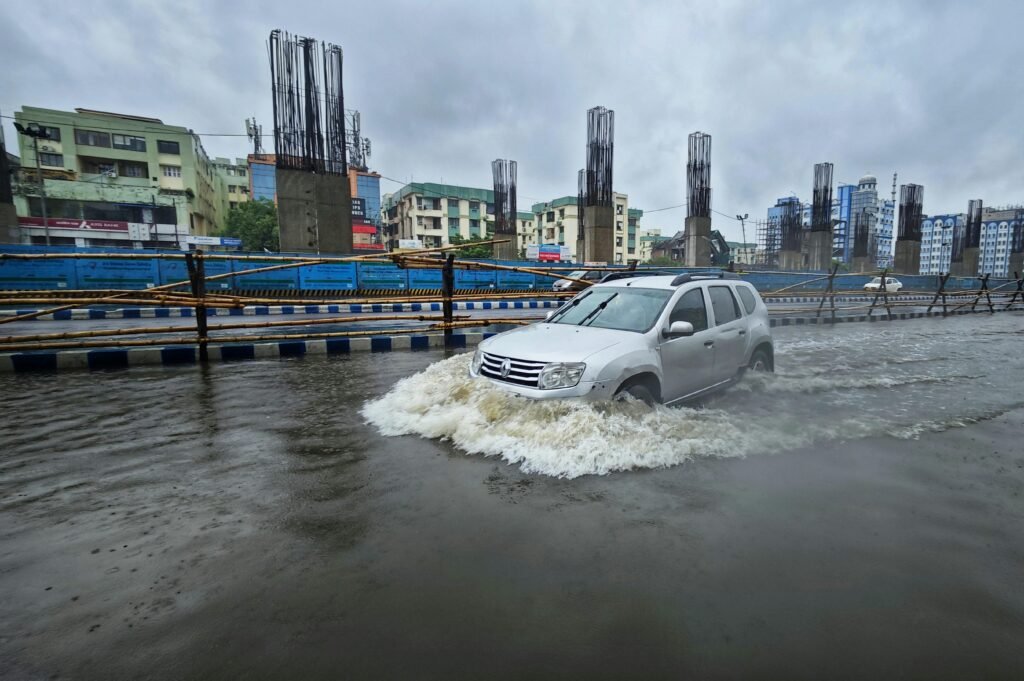
Imagine a day when you turn on the fan and nothing spins—no power, no breeze, no life in the wires. That is what weak energy security looks like, and India needs to dodge it. Energy security is about having a steady supply of energy—like electricity, gas, or oil—to keep homes bright, factories buzzing, and the country moving, now and years ahead. For India, with its fast-growing cities and huge population, it is a lifeline. But climate change is stirring up trouble—floods, heatwaves, and dry rivers that hit how we make and use energy. Let us dig into what energy security means, where India stands, how climate change messes with it, and what we can do, so you get the whole story and pick up something useful.
What Is Energy Security?
Energy security means a country has enough reliable energy to cover its needs—today and tomorrow. It includes electricity to run lights, natural gas for stoves, and oil for trucks or cars. When it works, energy flows easy—keeps homes warm, fills fuel tanks, and powers machines that make stuff. For India, it is a big deal because we need energy to grow—more people, more jobs, more everything depend on it.
Why is it key? Without steady energy, things stop—hospitals go dark, shops shut, and farms cannot pump water. India wants better lives—good roads, schools, tech—and that takes power. Plus, it cuts risks from leaning too hard on other countries or wild swings in global prices. So, mixing up energy—like coal, sun, wind—and building strong systems keeps India safe from shocks. Energy security is the fuel for our future.
Where India Stands Now
India gets energy from many sources, but there are challenges. Coal is the main one—provides 55% of our power, running homes and industries like steel or cement. Natural gas gives 6%, used for power plants and making fertilizers. Clean energy is growing—hydropower from rivers provides 13%, and solar and wind together make 10% and are increasing. For example, solar panels in Rajasthan produce a lot of clean electricity.
But there are problems. We buy 85% of our oil from other countries—like Saudi Arabia—so if prices rise or supply stops, it hurts our economy and fuel supply. Old power lines lose energy and cannot carry solar or wind power to far places easily. In 2023, a heatwave in Delhi caused power cuts, leaving people without electricity for hours. So, even though we are making progress, energy security in India needs more effort to reach everyone.
Energy Access Gaps
Not everyone gets energy the same way. Cities like Bangalore have steady power, but rural areas—like villages in Bihar—often wait hours for it. About 2% of people still do not have reliable electricity, according to 2023 data, and many more get it only sometimes. Coal plants are far from some places, and solar projects take time to reach remote areas. For example, a farmer in Jharkhand might use a lantern while a city store runs air conditioning all day. Because this difference slows development, fixing it is important for energy security.

How Climate Change Affects Energy Security
Climate change affects energy security in India with extreme weather—floods, cyclones, and droughts—that damage power systems and supply lines. Floods harm coal plants—like in Assam in 2022, when power stopped for days. Cyclones break power lines—like in Odisha in 2021, cutting electricity to many. Droughts reduce water in rivers, which lowers hydropower—plants in Maharashtra had less power in 2023 because of low water.
It also affects clean energy. Cloudy weather reduces solar panel output—farms in Gujarat made less power during long rains. Low rainfall means less water for hydropower dams—plants in Himachal had lower output in 2022 due to a dry season. Because these changes make energy less predictable, climate change and energy security create big challenges, and India needs to adapt fast.
Economic Impacts
When energy is not steady, it hurts money. Factories stop working—like textile mills in Tamil Nadu that lost power in 2023, costing a lot. Farms produce less—like Punjab’s rice crops that suffered in a drought, raising food prices. Oil prices going up—like in 2022 due to global issues—cost more because we import 85% of our oil. For example, a taxi driver in Mumbai paid twice as much for fuel that year, earning less. So, unreliable energy security affects jobs, food, and income—climate change makes it worse.
Health and Energy Links
Energy connects to health too. No electricity means no fans or coolers in hot weather—people in Delhi got sick during 2023’s power cuts. Hospitals struggle—rural clinics in Bihar lost power during floods in 2022, making treatment hard. Coal plants create smoke that hurts breathing—studies show more asthma in kids near mines in Chhattisgarh. Because energy keeps us healthy and safe, climate change problems hit hard here too.
Steps India Can Take
India can handle this with good plans to fight climate change and improve energy security. Here is how.
Increase Clean Energy
Spend money on renewable energy—solar, wind, biomass—to use less coal and oil. These produce electricity without pollution and are less affected by some climate issues. The National Solar Mission, started in 2010, plans for 100 gigawatts of solar power by 2030—it reached 70 by 2024. Wind farms in Andhra Pradesh provide steady power too. Because renewable energy reduces reliance on imported oil, it makes our supply safer.
Improve Power Systems
Make power systems stronger to handle bad weather. Use smart grids—technology that manages electricity better—to keep power on during storms. For example, Kerala’s smart grid worked well during a 2023 cyclone, unlike older systems. Repair old lines to lose less energy and reach more places. So, better systems keep electricity flowing no matter the conditions.
Use Different Energy Sources
Do not depend on just one source—like oil or coal. Mix in solar, wind, natural gas, and nuclear power. If one source has problems—like high oil prices—others can help. Karnataka uses both solar and coal to avoid power cuts. Nuclear plants—like Tarapur—provide consistent energy too. Because different sources lower risk, they strengthen energy security.
Save Energy for Later
Store extra energy in batteries for when we need it. Batteries—like a 2024 test in Gujarat—save solar or wind power when it is sunny or windy, then use it when weather changes. That test powered 5,000 homes overnight. So, storage keeps energy available all the time.

Government’s Role
The government can lead this effort. Make rules to support clean energy—like funding for wind projects or limits on energy waste. Work with other countries—like a 2023 deal with Denmark for cheaper wind turbines. Start big plans—like Jal Jeevan Mission helps water, an Energy Mission could fix grids. Because government action sets the course, it builds strong energy security.
What Communities Can Do
Local areas can help too. Villages can set up small solar systems—like in Rajasthan in 2022, powering 40 homes each. Encourage saving energy—like using fewer fans or turning off lights. Teach people why it matters—like school programs in Punjab about saving power. So, community efforts spread the solution from the bottom.
Global Lessons
Other countries show good ideas. Spain’s wind power stayed strong during 2022 storms, keeping lights on. Japan’s solar panels worked after 2021 floods, avoiding coal issues. Australia’s batteries saved solar power for 2023 heatwaves, running towns smoothly. Because these examples succeed, India can learn from them.
Examples That Work in India
Look at progress—Telangana’s solar projects reached 12 gigawatts by 2024, avoiding coal shortages. Odisha’s wind farms powered 1.5 million homes in 2023, even in bad weather. Ladakh’s small river plants kept remote areas lit during 2022’s dry season. Because these efforts work, renewable energy solutions point the way forward.
Why It Matters to You
Energy security in India affects you too. No power means no cool air in summer, no work if businesses close, and less food if farms struggle. Climate change makes it harder—floods or heat could cut your electricity. But good energy—clean and reliable—keeps life going: lights on, vehicles moving, phones charged. You can help—turn off extra lights, support green energy. Because it powers your day, this is your fight too.
What do you think? Share below—your thoughts keep this alive. Let us secure India’s energy together!
Frequently Asked Questions (FAQs)
How Does Climate Change Affect Energy Security in India?
Climate change affects energy security in India by causing extreme weather that damages power systems. Floods harm coal plants—like in Assam in 2022, when electricity stopped for days. Droughts lower water in rivers, reducing hydropower—plants in Maharashtra had less power in 2023 due to dry weather. Cloudy days also cut solar energy output, like in Gujarat during long rains. Because these events make energy less reliable, climate change creates big problems for India’s supply.
Why Is India’s Oil Import a Problem for Energy Security?
India’s oil import is a problem for energy security because we buy 85% of our oil from other countries, like Saudi Arabia. If prices go up or supply stops—like during the 2022 global price hike—it costs more and leaves less fuel. For example, taxi drivers in Mumbai paid double for gas that year, earning less money. Because we depend so much on imports, any trouble abroad affects our energy and economy.
What Can India Do to Improve Energy Security?
India can improve energy security by using more renewable energy—like solar and wind—which makes power without needing coal or oil. Smart grids—systems that manage electricity better—can keep power on during storms, like Kerala did in 2023. Storing energy in batteries helps too—like Gujarat’s 2024 test that saved solar power for night. Because these steps reduce risks from climate change and imports, they make energy more steady for everyone.






